Yoga and Pilates are two popular movement systems that address both the body and the mind. Although they have some similarities, they differ in their philosophy, goals and physical demands. Here's a comparison of the two practices to help you make the best choice for your needs:
Yoga vs. Pilates
Yoga or Pilates? A comparison of the two popular methods.

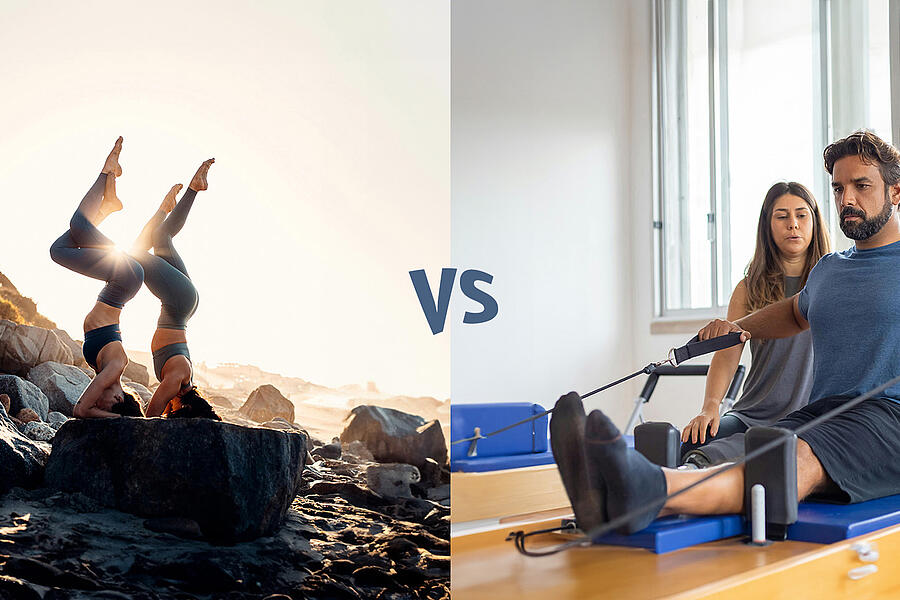
Origin and philosophy:
- Yoga: Yoga has its roots in Indian philosophy and is over 5,000 years old. It is a holistic system that aims to harmonise body, mind and soul. Yoga combines physical exercises (asanas) with breathing techniques (pranayama), meditation and ethical teachings to promote deep awareness and inner peace.
- Pilates: Pilates was developed in the early 20th century by Joseph Pilates. Originally called ‘Contrology’, Pilates focuses on strengthening the core muscles, improving posture and developing control and precision in movement. Pilates is more focussed on the physical aspect and places less emphasis on the spiritual and meditative part.
Goals and Focus:
- Yoga: The main goal of yoga is to achieve harmony between the body, mind, and soul. Through the practice of asanas, pranayama, and meditation, yoga aims to expand awareness, reduce stress, and promote a sense of inner calm.
- Pilates: Pilates aims to improve core stability, flexibility, and posture. The focus is on strengthening the deep abdominal muscles and the entire musculoskeletal system, which leads to better body control and alignment. Pilates is particularly popular with people who want to improve their posture and relieve back pain.
Physical Requirements:
- Yoga: Yoga encompasses a wide range of styles, from gentle and relaxing forms like Yin Yoga to intense and physically demanding styles like Ashtanga or Power Yoga. Yoga requires flexibility, balance, and strength, but it can be adapted to individual abilities and needs.
- Pilates: Pilates exercises are precise and controlled, with a strong focus on the core muscles. The exercises can be performed on the mat or with specialized equipment like the Reformer. Pilates requires concentration and body control, but it is generally less dynamic than yoga.
Breathing Techniques:
- Yoga: Breathing plays a central role in yoga. Pranayama techniques are used to control the breath and direct life energy (Prana). The breathing is deep and conscious, often synchronized with the movements.
- Pilates: In Pilates, breathing is also emphasized, but in a different way. The breath is often used to support movement and activate the muscles. Unlike in yoga, the breathing in Pilates is usually shorter and more forceful.
Mental and spiritual aspect:
- Yoga: Yoga has a strong spiritual and meditative aspect. It is about expanding consciousness, calming the mind and creating a deeper connection to yourself and the universe.
- Pilates: Pilates is less focussed on the mental and spiritual aspect. The emphasis is on physical fitness and control, with a certain amount of mental concentration, but without the meditative elements of yoga.
Summary:
Both yoga and Pilates offer many benefits for body and mind, but with different emphases. If you are looking for a holistic practice that encompasses both physical and mental aspects, yoga might be the right choice for you. If your main goal is to strengthen your core muscles and improve your posture, Pilates may be more suitable. Ultimately, you can also combine both practices to reap the benefits of both worlds.
Recommended Experts, Offers, Courses and Events
More on Yoga
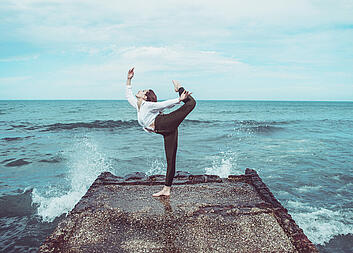
Learn what yoga is and how it can enhance your life. ✓relaxation ✓focus

Discover how yoga evolved from ancient sages to the modern world and the cultural influences that shaped its development.
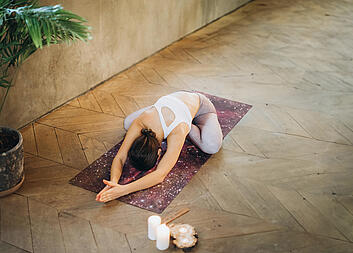
Learn the foundational principles of yoga and how they guide you towards a fulfilled and balanced life.
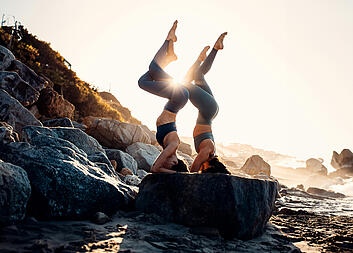
Explore how yoga enhances not just physical fitness, but also inner peace and holistic well-being.

Learn how yoga suits everyone, regardless of age, fitness, or experience, and discover the perfect practice for you.
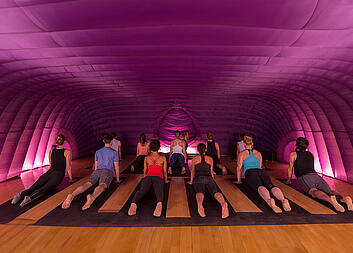
Explore the variety of yoga styles, from calming and meditative to intense and dynamic. Find the style that suits your needs.

Compare yoga and Pilates in terms of philosophy, goals, and physical demands to choose the best method for your needs.

Get answers to common yoga questions and valuable tips for your yoga journey, whether you're a beginner or experienced.
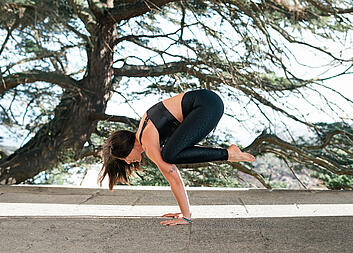
Explore essential yoga poses, from Mountain Pose to Downward Dog, for a safe and effective practice.

Explore a variety of yoga videos featuring detailed exercises and in-depth knowledge, ideal for your at-home practice.
